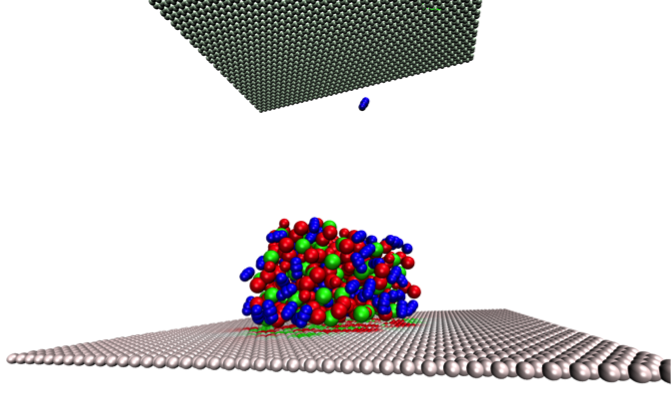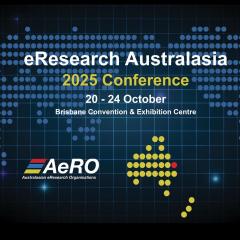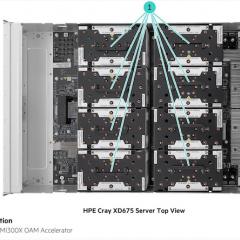
With initially few high performance computing resources at hand, University of Queensland PhD candidate Ryan Burt was fully expecting to have to delay his thesis by a year.
However, luckily for Mr Burt, UQ’s Research Computing Centre introduced new high performance computer (HPC) Tinaroo in May this year, solely for UQ researchers’ use.
Mr Burt, from the Department of Chemical Engineering, became an early adopter of Tinaroo, using it with a “well-established method and code” to complete his production simulations, which require a large amount of computation — he expects to use about four million CPU (central processing unit) hours this year alone.
Tinaroo’s introduction not only alleviated Mr Burt’s previous problem of insufficient computing resources, it enabled him to “produce results much faster than before.” Which is good news for not only him, but also the nascent electric vehicle industry as Mr Burt’s research is on supercapacitors, a faster charging and discharging alternative or complement to batteries.
Mr Burt’s thesis is officially titled: “Molecular modelling of carbon/ionic liquid interfaces for electric double-layer capacitors”. He aims to better understand the molecular mechanisms that drive key performance parameters of electric double-layer capacitors, and to suggest desirable operating configurations for experimentalists to investigate on the real scale.
“Supercapacitors need to be better to improve their cost-effectiveness and increase the viability for more commercial applications. Currently they are quite a bit more expensive than Lithium-ion batteries,” Mr Burt said.
“My research concerns studying the fundamental behaviour of supercapacitors, so the benefits to real devices will take time as experimentalists will need to test configurations based on any suggestions we can make, and see if they offer new advantages.”
The project also involves Mr Burt’s advisors from UQ’s Department of Chemical Engineering, namely Prof. George Zhao and Dr Greg Birkett, and collaborating researchers in France, Germany, and the U.S.
“The code and models I use are very computationally intensive.” Mr Burt said. “The throughput on Tinaroo is brilliant, and has allowed me to model some very large and complicated systems.”
Without Tinaroo, Mr Burt said he would have spent most of this year writing grant applications for computing time for 2017, which might not have proved successful anyway. “It’s hard for new researchers to get large allocations approved by the bigger national and international centres if you haven’t had a successful project already. Institutional HPCs, like Tinaroo, are ideal because they allow new researchers (including PhD students) to experiment, gain experience, develop skills, and demonstrate that they can successfully manage a project. This then makes the researcher more competitive for a national allocation in the future”.
“I’m very grateful to have Tinaroo. RCC is doing a fantastic job running the cluster.”
For more information about Tinaroo, please visit the RCC Tinaroo webpage, or contact rcc-support@uq.edu.au.




